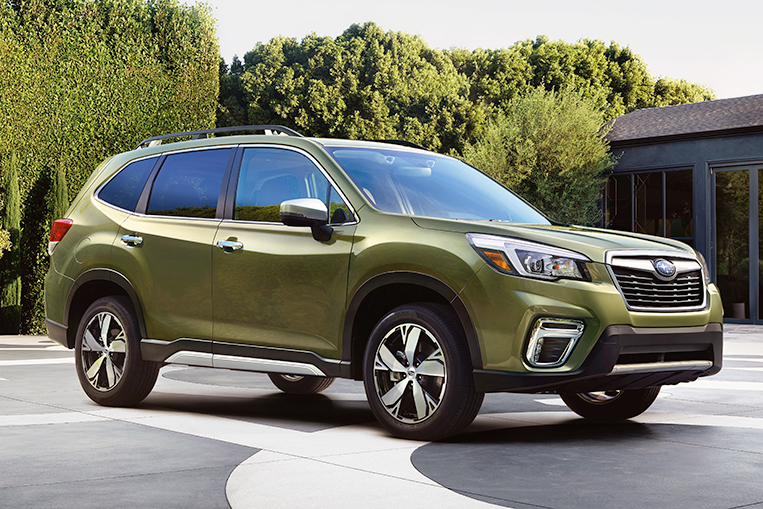
The first Subaru Forester had this low-slung look that sparked debates on whether it was a compact SUV or a station wagon. Over the years, the Forester became bigger and taller, and distanced itself from Subaru’s own true wagon offerings. The car’s four generations have all been success stories for the Japanese automaker with their performance versions and, of course, the brand’s signature all-wheel drive system. And now, at 4,625mm long, 1,815mm wide and 1,715mm tall, the fifth-generation model is stirring up the Forester’s usual compact SUV recipe.
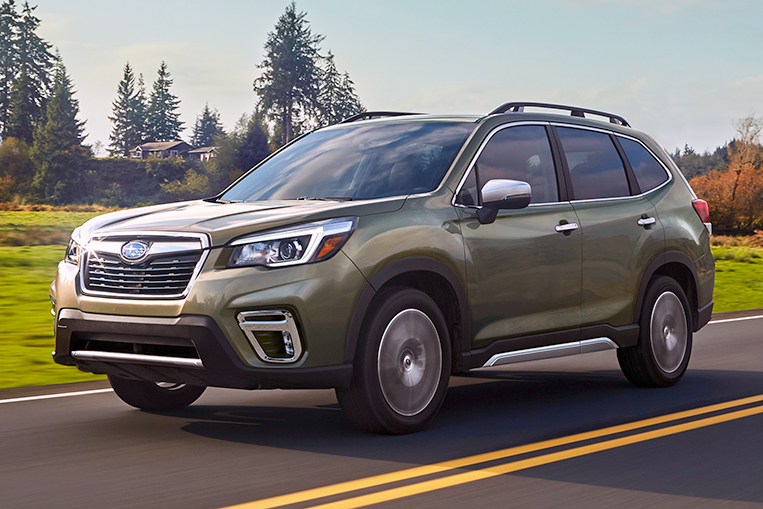
The new Forester’s design is, admittedly, more evolutionary than revolutionary. The car’s curves and creases are still kept in check, but this makes it stand out among its more curvaceous rivals. The front end features a revised winged radiator grille and bumper. It’s the rear that gets more of an updated look though: The rear windows now have a more upturned kink in them, and the taillights now extend onto the tailgate.
New 17- and 18-inch brushed-aluminum wheels round out the updated styling. For those who still prefer that boxy look reminiscent of early compact SUVs, the Forester should be on your short list.
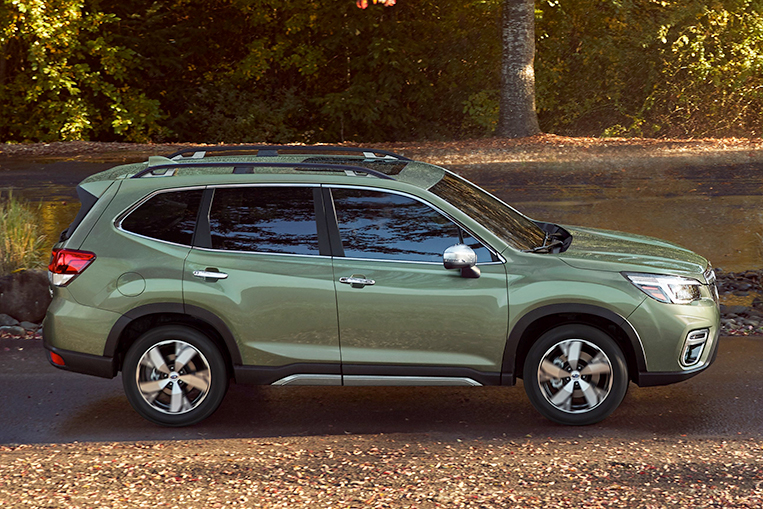
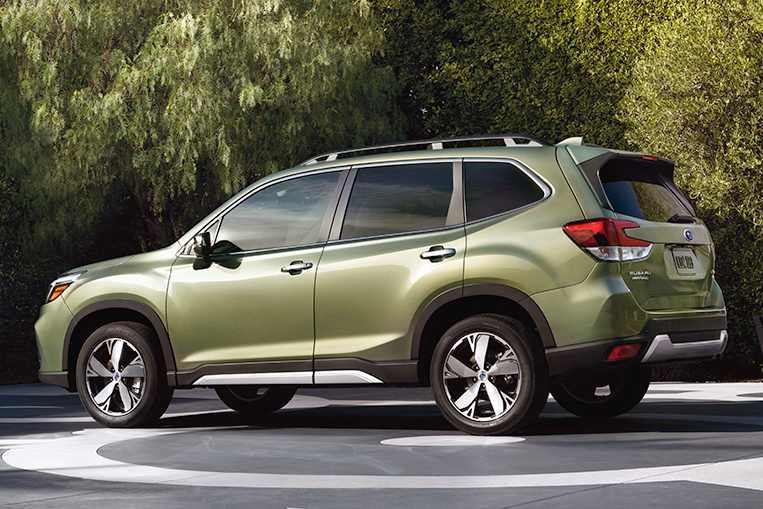
Inside the new Forester, parents and children alike will love the USB charging ports made available for both front- and rear-seat occupants. Subaru’s new eight-inch infotainment display is now fitted as standard, and includes a Wi-Fi hotspot feature for keeping everyone entertained on those long road trips. Interior space and legroom are improved thanks to a wheelbase lengthened by 30mm compared with that of the previous model. US buyers will also have a choice of four interior color schemes to go along with a redesigned dashboard.
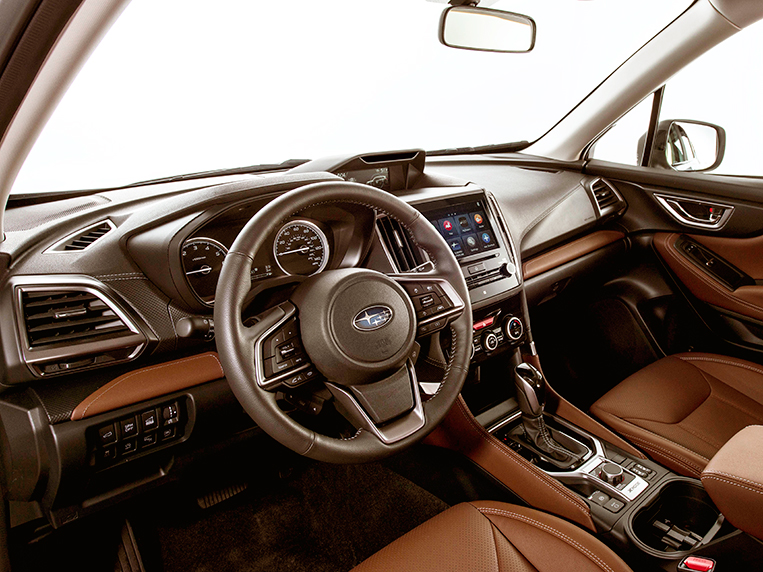
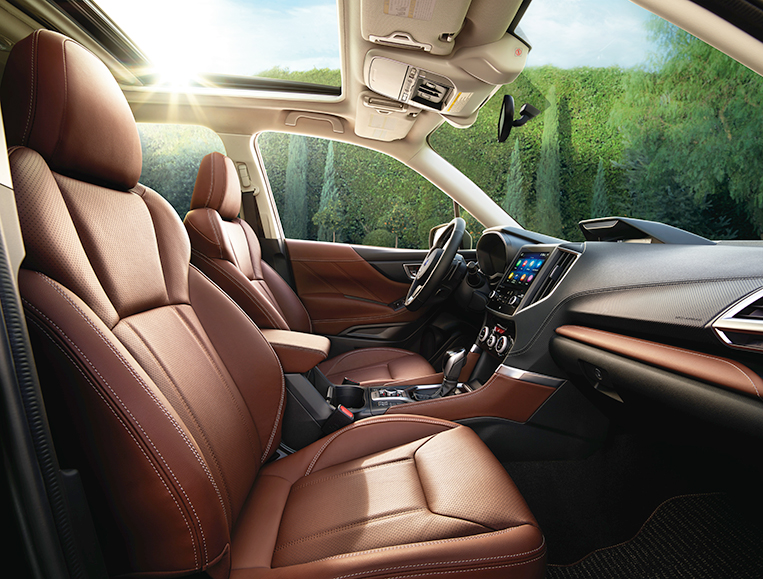
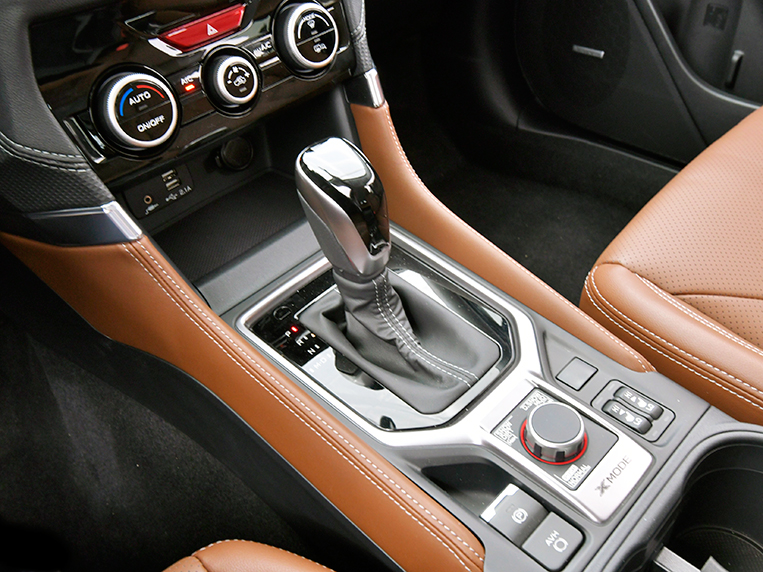
Perhaps the most glaring difference in the new Forester is the omission of the turbocharged XT performance variant. An updated FB25 2.5-liter direct-injection boxer engine is standard across the range. Already shoehorned into the previous Forester model, the powerplant now features 90% new components that give it a slight bump in power and torque figures: 182hp and 239Nm. Coupled with this engine is Subaru’s Lineartronic continuously variable transmission, which now features a revised X-Mode that can switch between modes via a convenient rotary dial.
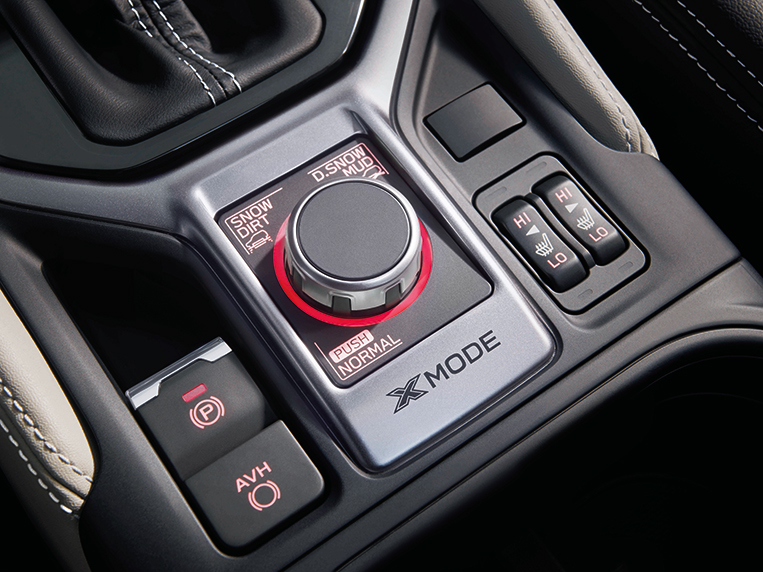
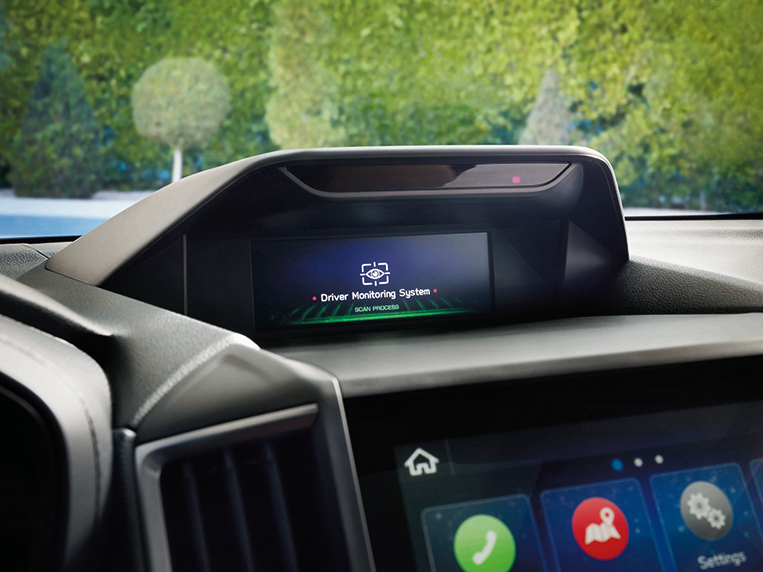
All Forester variants now come with seven airbags and Subaru’s patented EyeSight system. Aside from the usual antilock braking and traction control systems, the new model also features a slew of new technologies geared toward improving occupant and pedestrian safety. Steering-responsive headlights and high-beam assist help improve nighttime visibility. The so-called Driver Monitoring System, a first for Subaru, provides an aural and visual warning when it detects signs of driver distraction or fatigue. Reverse automatic braking, meanwhile, detects obstructions when you’re backing up, and helps avoid rear-end collisions.
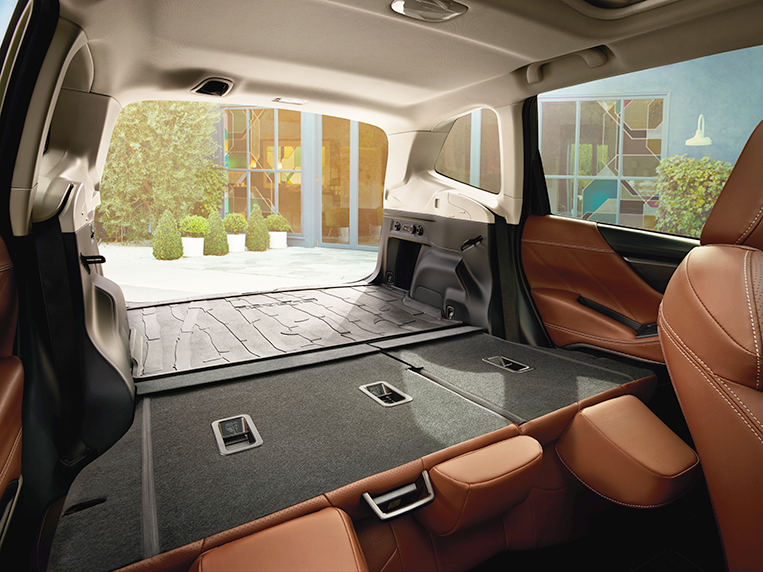
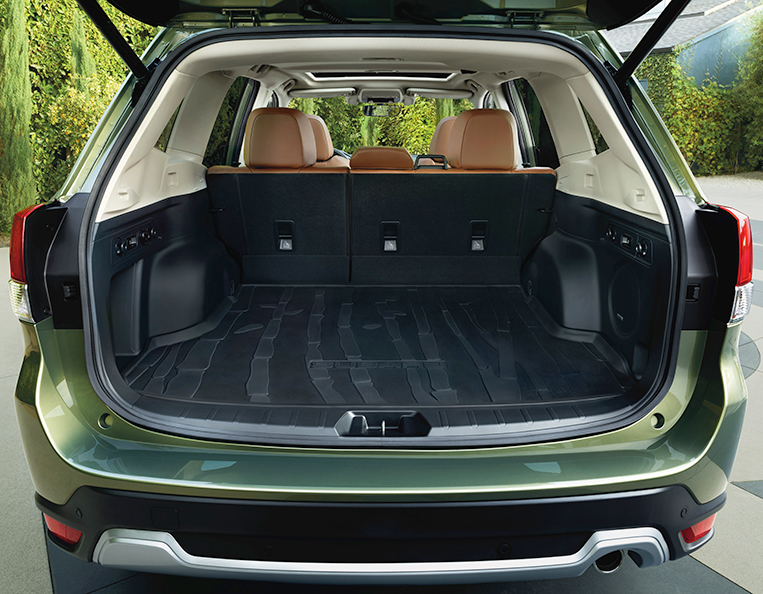
The Subaru Forester may have left the turbocharging game, but with the new toys that it now comes with, we suspect it can still play in ways its workmanlike demeanor may not immediately indicate.

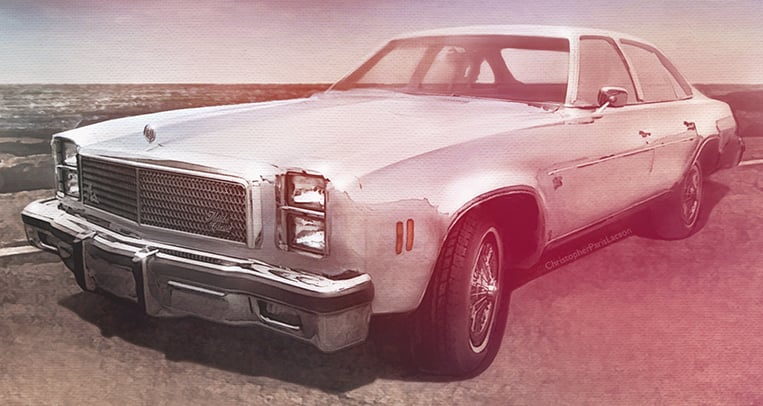
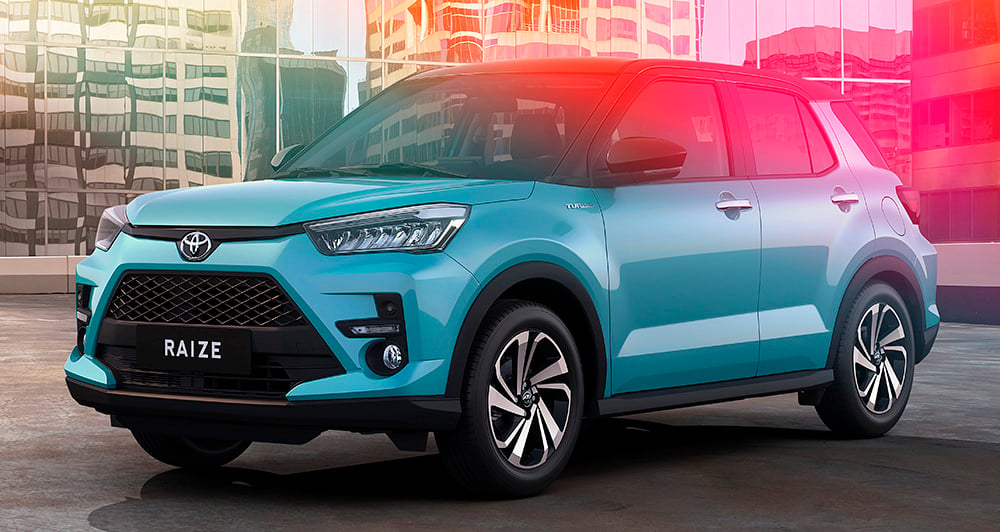
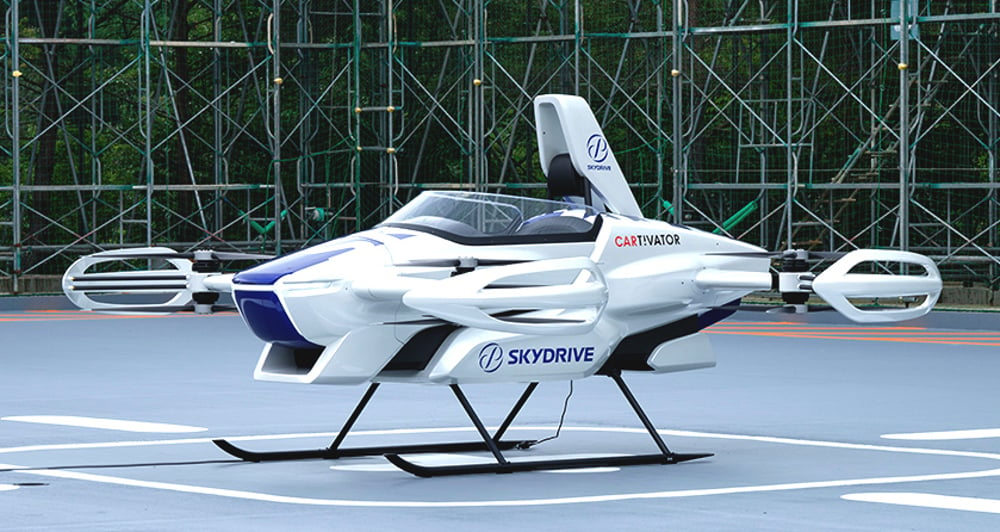

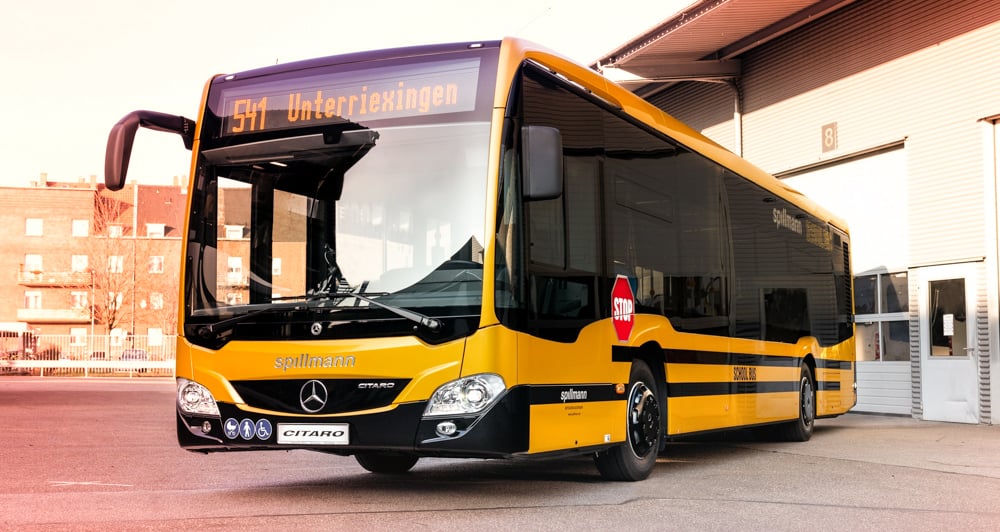
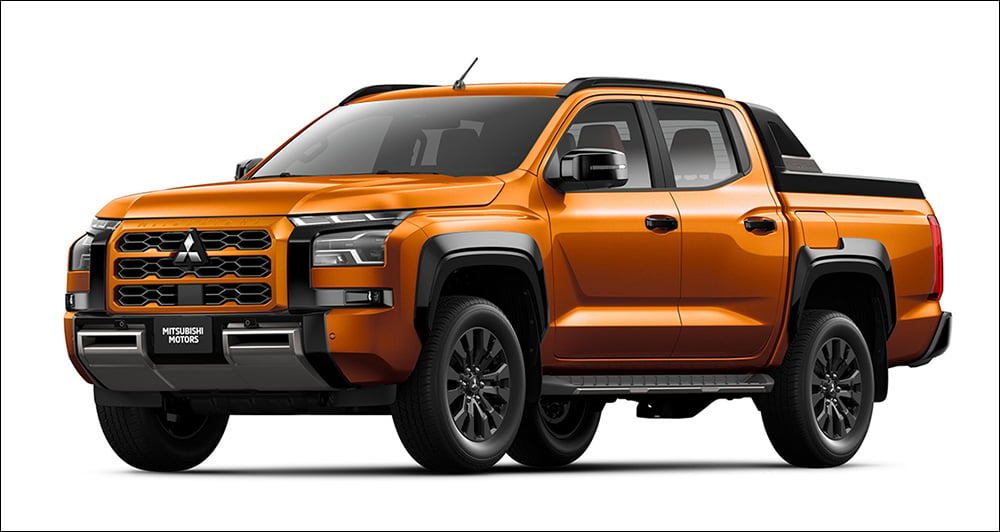
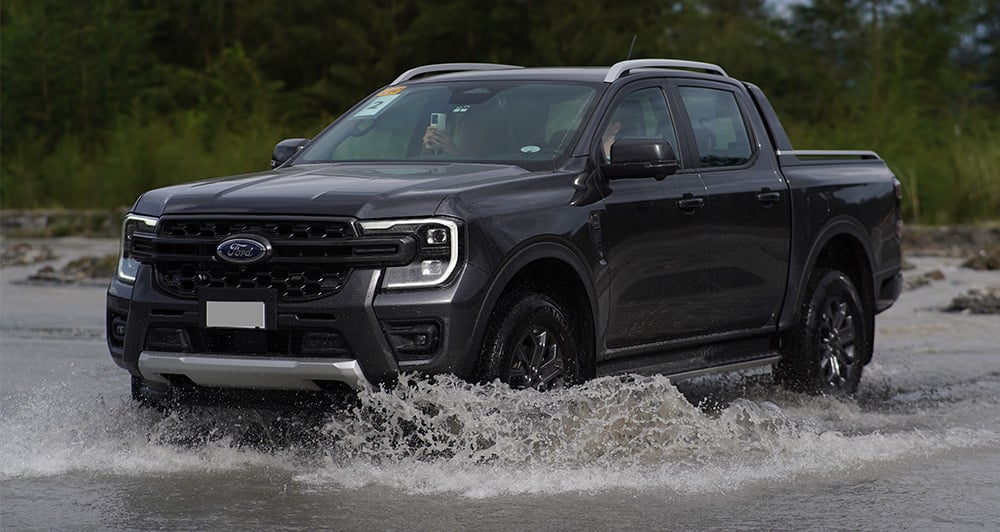

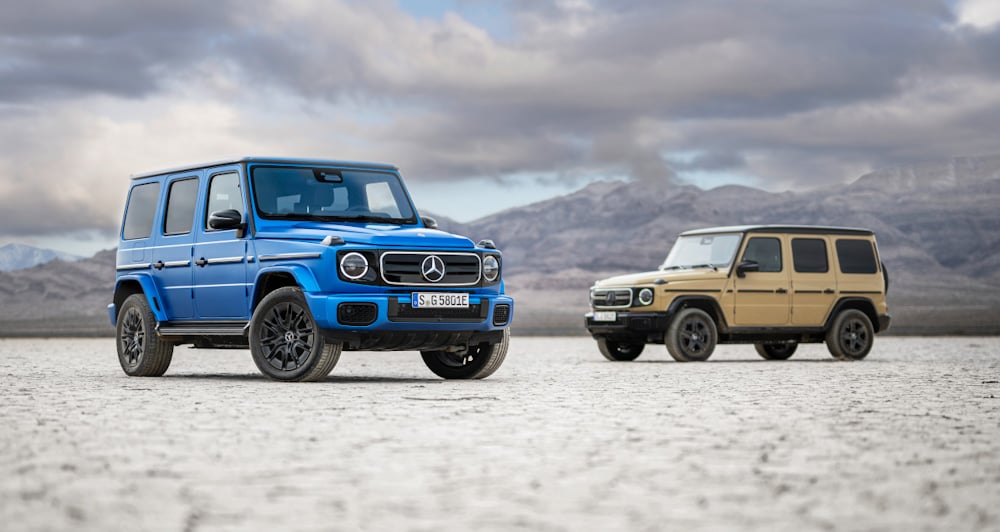
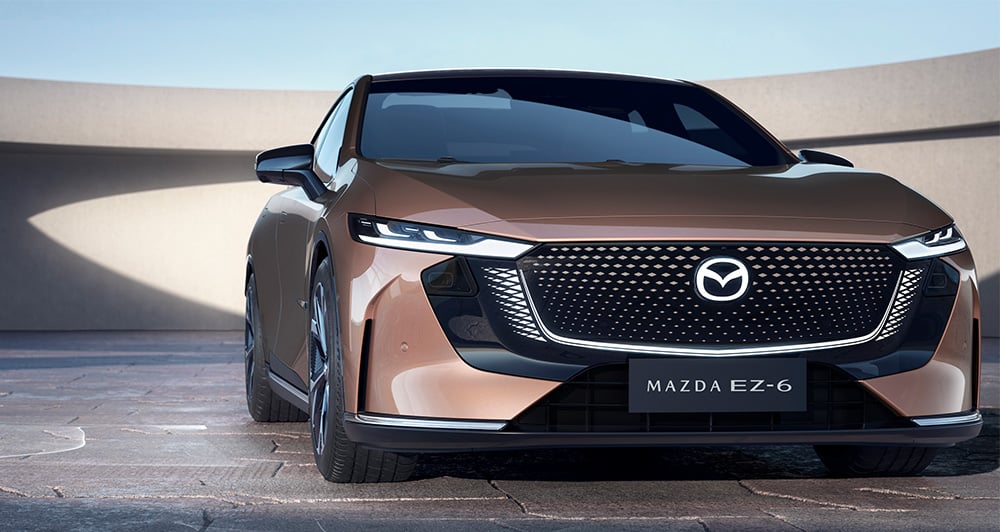
Comments